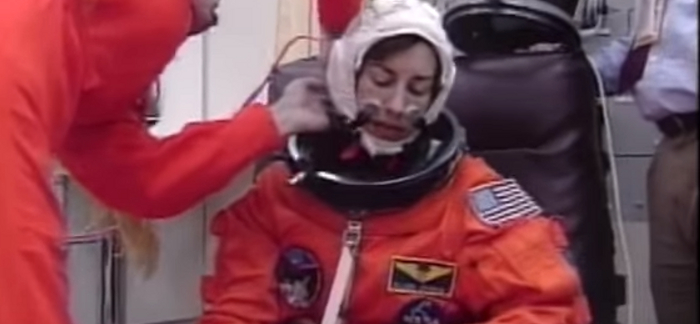Jesse Owens dominated the 1936 Olympic Games. Held in Nazi Germany, Adolf Hitler intended the games to prove that the Aryan race was superior in every way. Owens instead proved that this just wasn’t true. His 4 gold medals won in a single Summer Olympics would not be matches until Carl Lewis won four golds in the 1984 Olympics held in Los Angeles. Here are some more interesting facts about Jesse Owens to explore.
1. FDR Never Acknowledged Owens.
After the stunning successes at the Olympics, it has always been said that Hitler flew into a rampage and never congratulated the athlete on his success. It was FDR, however, that Owens always said snubbed him. Forget a White House invitation – FDR didn’t even bother with a telegram.
2. Owens Ran In German Shoes.
German politicians saw the Olympics as a place for propaganda, but German businesses saw it as an opportunity to show the world their trades. Owens ran in German shoes that were hand-made for him by a man named Adolf Dassler. After the world war, Dassler would wind up starting his own company: Adidas.
3. His Name Wasn’t Actually Jesse.
His parents called him James. He went by JC as a child because his middle name was Cleveland. At school, when he said his name to his teacher, the Southern US accent made it sound like “Jessie.” He never corrected the teacher and went by that name from them on.
4. Health Care In Poverty.
When he was a child, Jesse had a large growth in his chest that was threatening to compress his lungs. His mother, unable to afford the care of a doctor, cut it out herself with a kitchen knife.
5. An Incredible World Record Holder.
In 1935 while competing in the Big Ten track and field championships, Owens had arguable the best performance of any athlete in history. He set three world records and tied a fourth one in less than an hour. The long jump record he extended by almost 6 inches.
The accomplishments of Jesse Owens are still remembered in Berlin today. A street is named after him and there are displays and memorabilia in the old Olympic Village about his successes.




